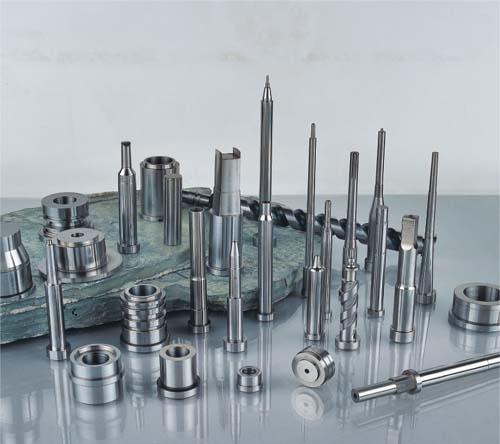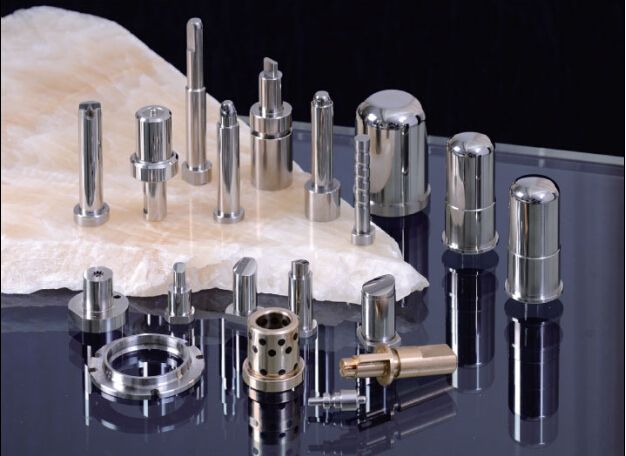- Processing reservation principle
- Processing accuracy requirements for precision mould parts
- Machining principle of CNC precision mold parts
Processing reservation principle
1. For workpieces requiring heat treatment, 0.25mm grinding machine allowance shall be added on one side of the overall material preparation size before heat treatment;
2. For the part of the mold core and insert that needs CNC rough machining, 0.2mm allowance shall be reserved on one side;
3. One side allowance of 0.3-0.5mm shall be reserved for rough milling of the contour by bench milling machine. For workpieces to be machined by grinder after line cutting, 0.05mm shall be reserved on one side of the forming part, and 0.1mm grinding allowance shall be reserved on one side of the contour opening;
4. Mirror polishing is required after CNC finishing and electric pulse, and 0.03mm polishing allowance is left on one side.
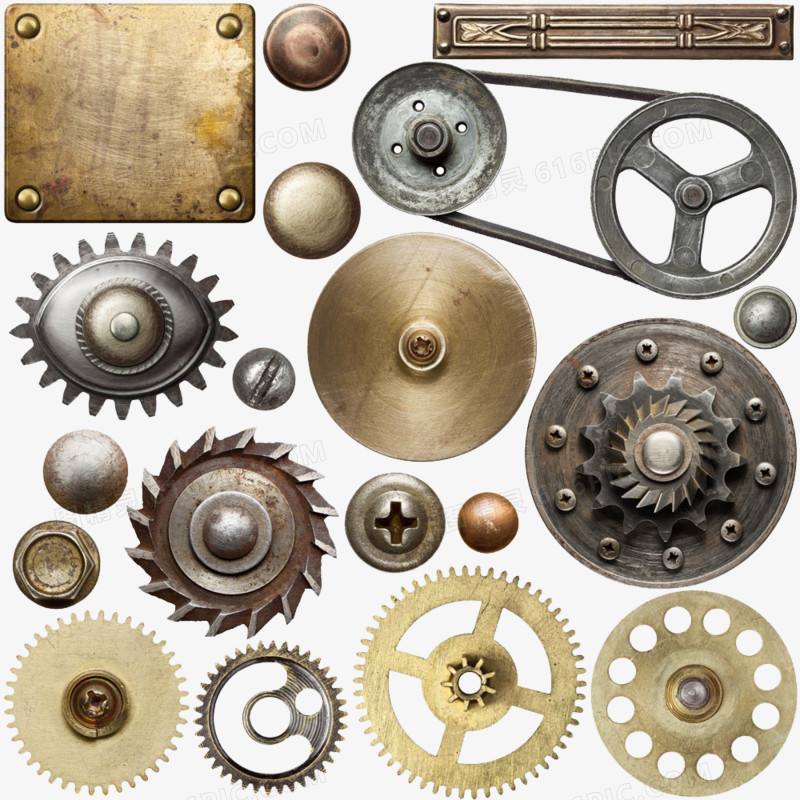
Processing accuracy requirements for precision mould parts
The manufacturing accuracy of precision mould parts shall be within 0.005~0.02mm; The perpendicularity shall be within the range of 0.01~0.02mm; Coaxiality shall be within 0.01~0.03mm; The parallelism of the upper and lower planes of the movable and fixed mold parting surfaces shall be within the range of 0.01~0.03mm.
After the mold is closed, the gap between parting surfaces is less than the overflow value of the molded plastic. The parallelism of other formwork mating surfaces shall be within the range of 0.01~0.02mm; The fitting accuracy of the fixed part is generally within the range of 0.01~0.02mm; If the small core has no requirements for insertion or has little impact on the size, a clearance fit of 0.01~0.02mm on both sides can be adopted; The fitting accuracy of sliding part is generally H7/e6, H7/f7 and H7/g6.
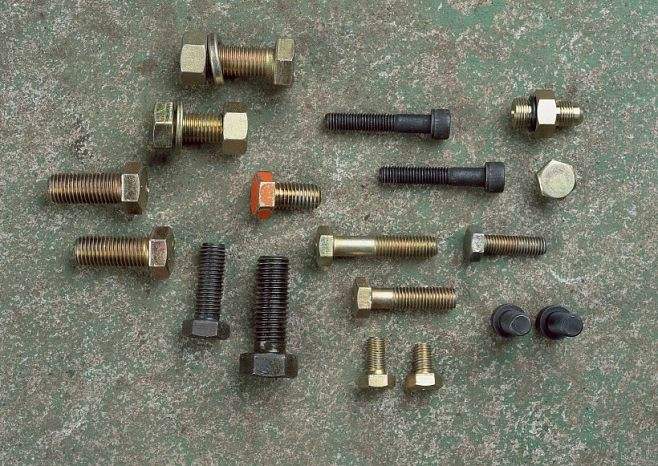
Note:
If there is an insert on the mirror surface that is attached to a step, the fitting should not be too tight, otherwise, when the insert is knocked back from the front, the tool used for knocking is easy to damage the mirror surface. If it does not affect the product size, the bilateral clearance of 0.01~0.02mm can be used for fitting.
The core of the mold cavity shall first remove the main electrode of the appearance, then the other main electrodes, and finally the local electrode; The electrode of the fixed mold appearance shall be processed as a whole. Wire cutting shall be used to clear the corners where the CNC angle cleaning is not available, so that the external surface of the fixed mold is complete and there is no contact mark.
Reinforcing rib, rib sheet and column with small difference in depth of moving die can be processed together on one electrode as much as possible. The deeper rib sheet shall be inserted and the electrode side shall be driven separately to prevent carbon deposition during electric pulse.
As far as possible, the moving die electrode should not be wire cut and corner cleaned after CNC milling. If necessary, the electrode should be disassembled or directly wire cut; The spacing between the reinforcement part and the reinforcement position or column of the movable formwork shall be more than 35mm, which shall be made separately to save copper.
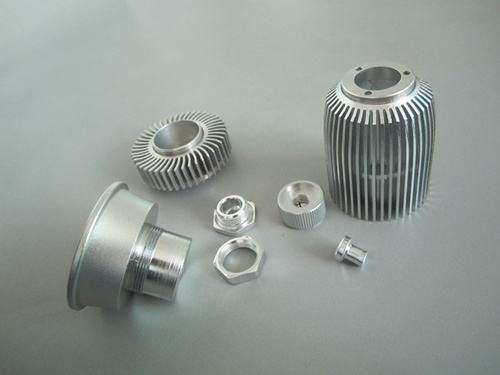
Machining principle of CNC precision mold parts
For the parts of the mold core and insert that need CNC roughening, 0.2mm allowance shall be reserved on one side. For the workpieces that need CNC finishing after heat treatment, if the product appearance allows, the mold cavity core that can be finished in place by CNC shall be processed by CNC preferentially. If the workpiece cannot be processed in place, it shall be processed by electric pulse.
